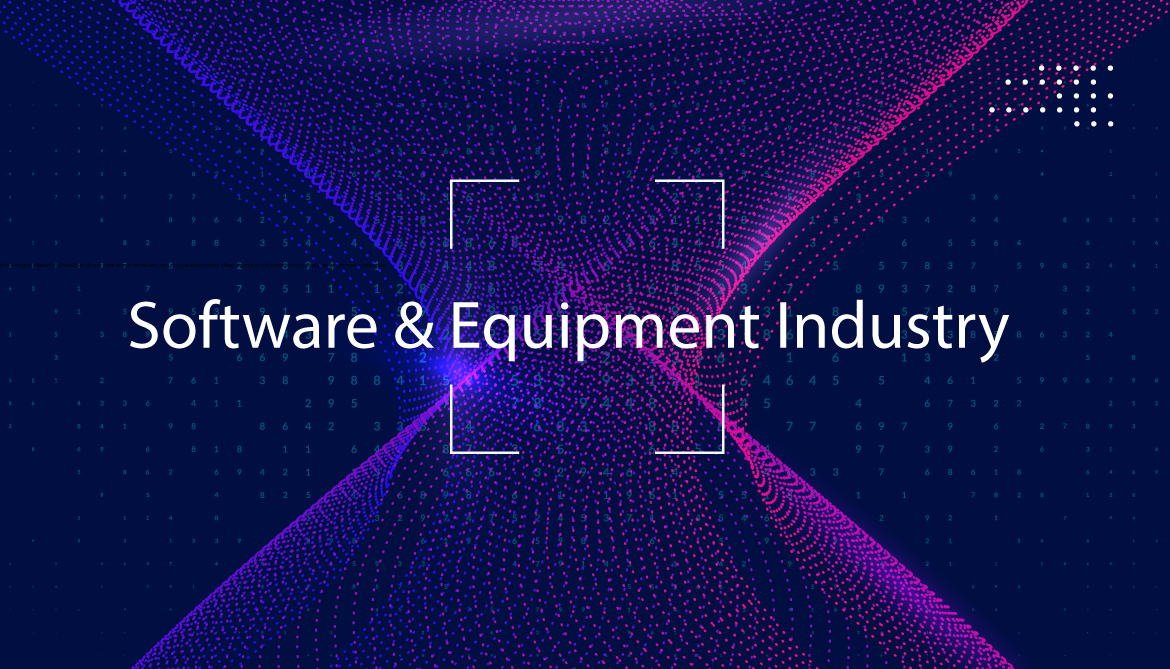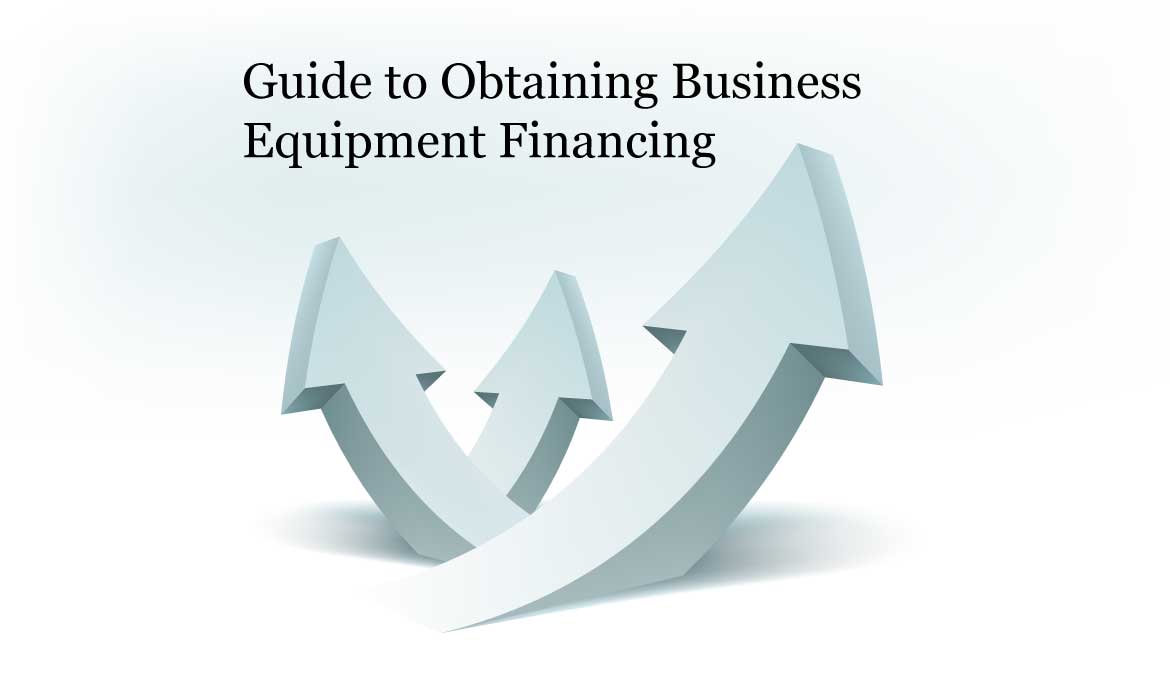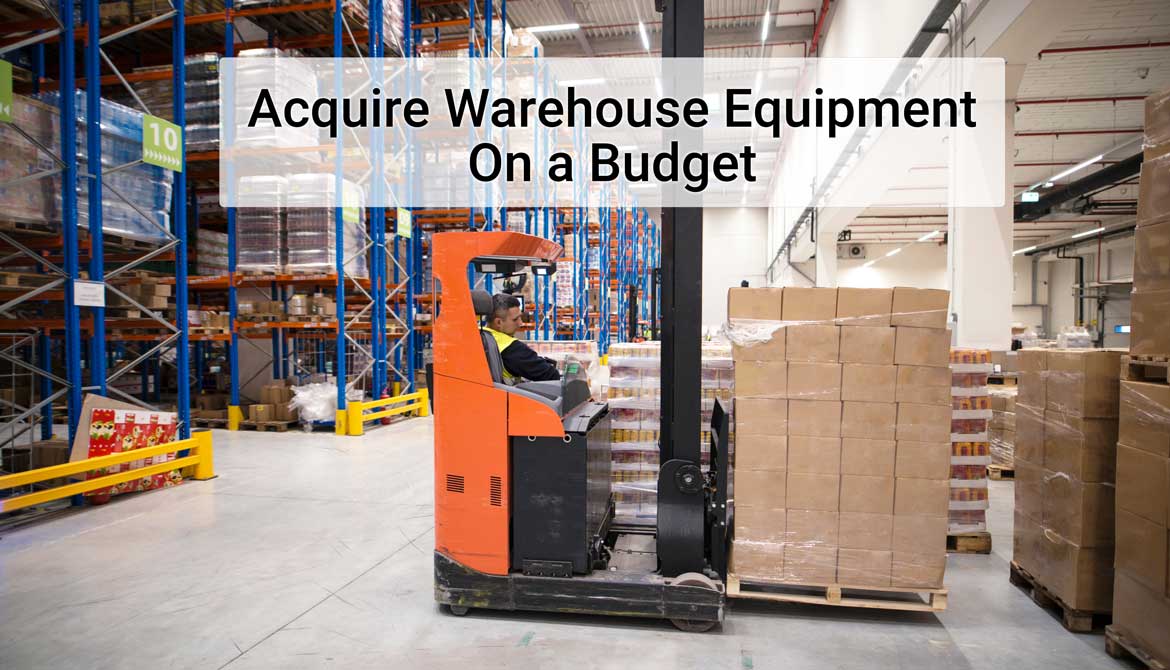
Recession? What Recession?
Steps to Prepare your Business for an Economic Downturn
- July 27, 2022
- 2:47 pm
- Economy, Vendor Financing
Is there going to be a recession in the next 12 months? Are we in a recession now? Experts offer conflicting views. Fed Chair Jerome Powell says “he doesn’t think the U.S. is currently in a recession. … There are too many areas of the economy that are performing too well.”
Ellen Zentner at Morgan Stanley says, “the probability of a recession in the next 12 months is about 30 percent, according to the bank’s models.” Bank of America and S&P Global Ratings puts the probability of a recession at 40%.
Then there’s the discussion of what constitutes a recession. Experts are divided on this as well. However, as a business, you know when your business earnings start to drop. No matter how an economic downturn is labeled, if it impacts your bottom line, you need to take action.
Here are some ideas on how prepare for and thrive during an economic recession or downturn:
Have a Financial Plan
Don’t wait until you are in the middle of a recession to put together a plan. Put together a company plan now. It will help with guidance on how to successfully navigate the recession and keep the company from having a knee jerk reaction and possibly costing the company long term.
Emergency Fund
If you are an individual, you are urged by financial gurus to have an emergency fund. It’s good advice for businesses too to have enough working capital on hand to weather any economic downturns. Have enough cash on hand to handle anything that arises during a downturn.
Cut Out Unnecessary Costs / Numbers Don’t Lie
Take a long look at your budget. Are there expenses that aren’t bringing in an ROI or you know just aren’t working. Cut them from your budget. Even small items can add up. Take a look at the corporate credit cards. What expenses can you prune? It’s amazing how many items get paid for and then either never used, or used and then forgotten about.
Cut back on discretionary spending such as travel, high-cost lunches, etc., unless the spending is related to ROI. Obviously, if trade shows bring in business, you would not want to cut back on those. But a lot of your discretionary spending can be pruned.
Don’t preemptively cut staff. In past recessions, companies that reduced their staffs because of a recession took years to come back because of the loss of key company and business knowledge. Instead, use this as an opportunity to update and train your staff. Studies have shown that companies that invested in themselves and their employees recovered quickly after a recession. Also, the pandemic changed employers’ recession strategy. Because so many employees never went back to their pre-pandemic jobs, employers want to hold onto good employees. It’s easier to keep good employees than to find them.
In HBR’s, “Roaring Out of Recession,” companies that had “layoffs may reduce costs quickly, they make recovery more difficult. Companies run the risk of scaling up too late, especially if hiring is more difficult than they anticipated. People are loath to work for organizations that reduce head count in difficult times. Moreover, as these companies rehire, costs shoot up.”
In Roaring Out Recession, it states, “The CEOs of pragmatic companies recognize that cost cutting is necessary to survive a recession, that investment is equally essential to spur growth, and that they must manage both at the same time if their companies are to emerge as post-recession leaders.”
Keep investing in your Business / Prepare for the Bounce Back
Companies that continue to invest in marketing and advertising come back faster from a recession. Recessions are a good time to update your technology, train your staff, etc. Many types of technology, such as ERP Systems, IT Systems, etc., reduce your costs and increase efficiency. By investing in technology before or during a recession, you can use technology to reduce your overall corporate costs.
Finance Large Purchases Over Many Years
Instead of reducing your working capital, finance large purchases for up to 5 years. While recessions can last this long, it’s highly unlikely that any 2022 recession would still be ongoing in 5 years because of the causes of this potential recession and the low unemployment numbers.
Focus on Long Term Goals
Think long term. Knee jerk reactions can cost your business money and personnel in the long run. See past this quarter or even this year. Plan for the future. What you do today can have a big impact for many years to come.
Look for creative ways to increase sales
If your company is hit particularly hard by a recession, look for creative ways to make more money. Tap the resources in your company to possibly expand your product offering or to creatively reposition your products to meet the moment.
Keep in contact with your customers
It’s easy to become cocooned during a recession. Instead, stay in touch with your customers. Maintain good relationships even if they can’t afford to purchase from you at this time. Reach out just to check in. They will remember who stood with them when they were experiencing problems.
Upshot
We are getting plenty of warning of a potentially upcoming recession. It’s really important to take steps now in order to be prepared.
If you are contemplating the purchase of big ticket items and want to save your working capital, we offer equipment financing, technology / IT financing, including software financing. Instead of a large outlay of cash, make fixed monthly payments over the lifetime of the asset up to 60 months. The Fed is likely to raise rates again in September so finance now before rates increase.
If you are an equipment, technology or software vendor, offering financing to your customers can allow them to purchase assets they need for their business while making low monthly payments. You get paid upfront. It reduces the impact of any economic downturn on your business because your customers can afford your products, even during a recession.
Recent Posts
- Bonus Depreciation is About to Phase Down to 80% in 2023 December 29, 2022
- Tax Benefits of Buying Equipment & Software Before December 31, 2022 December 8, 2022
- How the Inflation Reduction Act Impacts your Business and You and your Family August 16, 2022
- Recession? What Recession? July 27, 2022
- Dimension Funding Has Paperless Financing April 26, 2022









